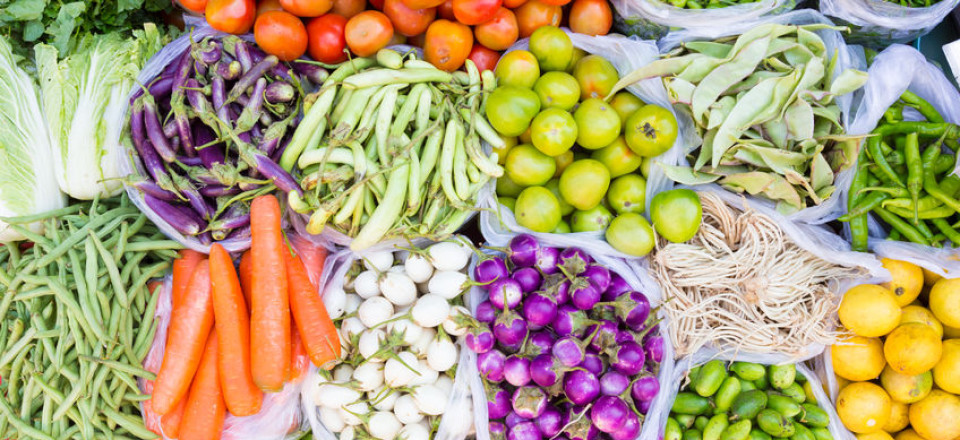“On any given day, one in ten people in Orange County, California, or about 315,000 people, including one in six children, are at risk of food insecurity, that is, they lack reliable access to a steady supply of food. Meanwhile, Orange County restaurants and grocery stores discard about 330,000 tons of food annually. This reflects a nationwide problem: while one in eight Americans are food insecure, a total of $218 billion worth of food is lost or wasted each year across the United States by farms, manufacturers, grocery stores, restaurants, food-service companies, or households.
While these shocking statistics are becoming more widely known, many communities are ill-equipped to connect public health expertise with food rescue efforts to provide a coordinated strategy for addressing hunger. Health screenings, for example, do not usually address food insecurity concerns. Meanwhile, transportation and refrigeration barriers can limit food donations, and food rescue systems are often inadequately funded to address these challenges.
To help address this problem, [the Orange County public health officer, Dr. Eric] Handler began looking for a way to bridge the gap between medical professionals, health and safety specialists, food providers, and food banks. He started with a single question: “If we were able to capture food that is wasted and direct it to people in need, could we end hunger in Orange County?” When Orange County Food Bank Director Mark Lowry replied with a ‘Yes,’ Handler and Lowry decided to form and lead Waste Not OC Coalition, a public-private partnership focused on stopping food insecurity by connecting local organizations.”







